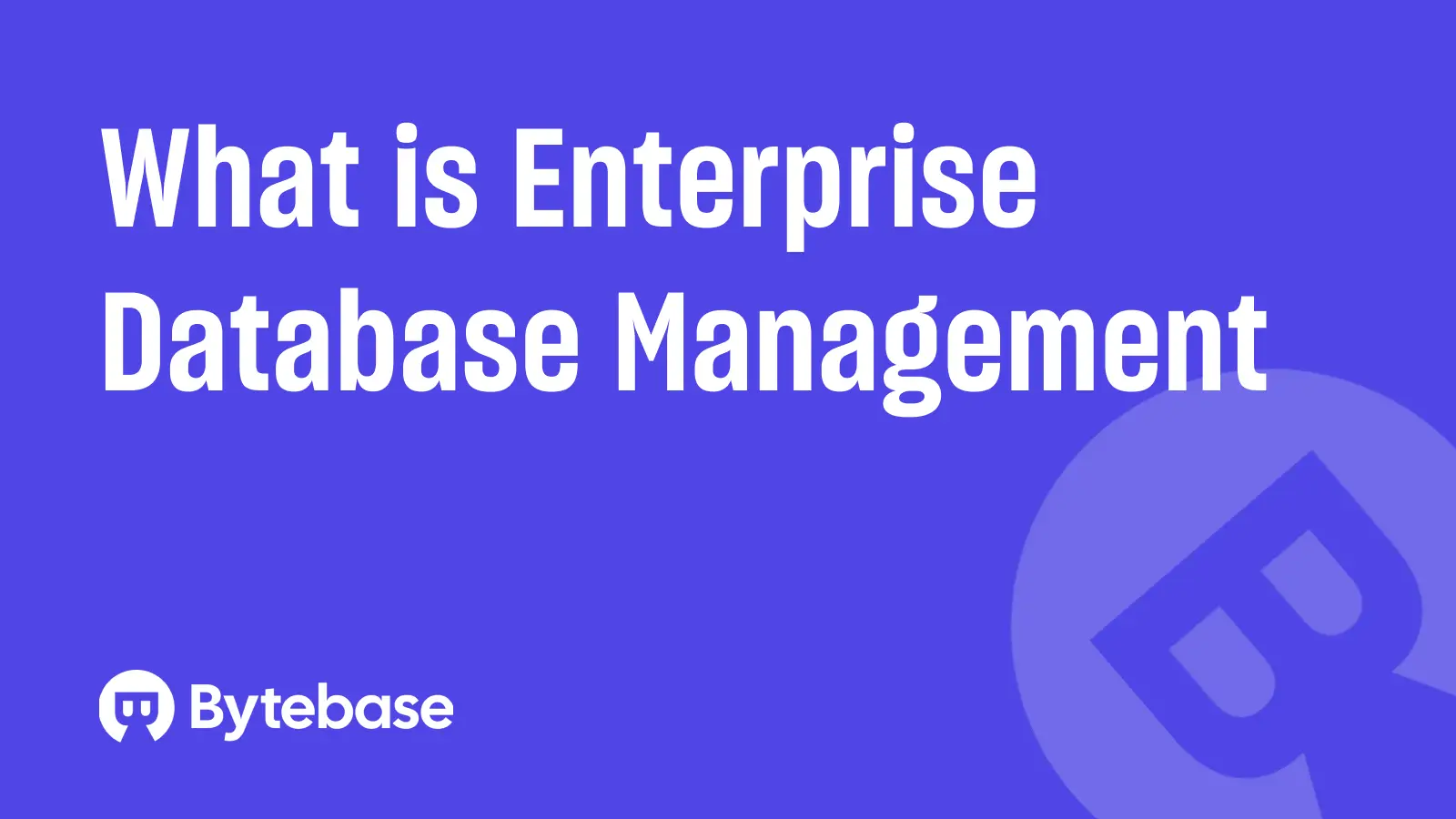
As organizations increasingly adopt Infrastructure as Code (IaC) practices, securing these definitions becomes critical to prevent vulnerabilities from reaching production environments. IaC security tools help identify misconfigurations, compliance issues, and security risks early in the development lifecycle.
This article examines the leading open-source IaC security solutions to help you select the right tool for your requirements.
Checkov
Checkov is a static code analysis tool for detecting security misconfigurations in infrastructure as code and performing software composition analysis.

Maintained by Prisma Cloud, Checkov analyzes multiple frameworks including Terraform, CloudFormation, Kubernetes, Dockerfile, and ARM templates. Its distinctive graph-based scanning detects security issues across interconnected resources, with over 1,000 built-in policies covering compliance frameworks and cloud provider guidelines.
The tool integrates with CI/CD pipelines and provides remediation suggestions for detected issues. Developers can suppress false positives using inline code comments (checkov:skip). Checkov's multi-framework support and comprehensive policy library make it effective for implementing security checks early in development.
TFLint
TFLint is a pluggable Terraform linter that detects possible errors, deprecated syntax, and enforces best practices in your Terraform code.
TFLint catches issues that Terraform's native validation misses by validating against actual cloud provider constraints (AWS, Azure, GCP). It identifies potential errors like invalid instance types or misconfigured security groups before deployment.
Its plugin architecture supports custom rules and provider-specific validations. TFLint integrates with IDEs, command-line workflows, and CI pipelines for quick feedback. While primarily focused on correctness rather than security scanning, it serves as a valuable complement to other security tools, especially in Terraform-centric environments.
Trivy
Trivy is a multi-purpose security scanner that detects vulnerabilities and misconfigurations in both containers and infrastructure code.

Trivy scans across multiple targets: container images, filesystems, git repositories, and various IaC formats. For infrastructure code, it identifies misconfigurations in Terraform, Kubernetes, CloudFormation, and other formats using policies based on industry standards.
The tool combines container and IaC scanning in a single solution, making it valuable for DevSecOps pipelines. Trivy integrates with CI/CD systems and produces outputs in multiple formats (JSON, SARIF, HTML). Its regularly updated vulnerability database helps protect against new threats. This unified approach makes Trivy particularly useful for teams looking to consolidate security tooling across container and infrastructure environments.
CloudSploit
CloudSploit is an open-source Cloud Security Posture Management (CSPM) tool that identifies security risks across major cloud providers.

CloudSploit scans live cloud infrastructure environments to detect misconfigurations and security issues. Unlike static IaC scanners, it examines the actual deployed state of resources across AWS, Azure, GCP, and Oracle Cloud. This runtime analysis helps catch drift between defined infrastructure and production environments.
The tool features a plugin architecture with over 300 security checks and configurable risk levels. CloudSploit provides remediation guidance in its reports and supports multiple output formats including console, CSV, JSON, and JUnit XML. Its ability to monitor running infrastructure makes it particularly useful for continuous security assessment of cloud environments after deployment.
KICS
KICS (Keeping Infrastructure as Code Secure) is an open-source solution that scans infrastructure code to find security vulnerabilities, compliance issues, and misconfigurations.

KICS uses a query-based approach to security scanning with over 1,500 predefined queries for multiple IaC frameworks. It supports Terraform, Kubernetes, Docker, CloudFormation, Ansible, Bicep, and others through a unified scanning engine. The tool covers security, compliance, and infrastructure reliability checks.
Its key feature is the extensible query engine that allows teams to define custom rules using a simplified query language based on Open Policy Agent. KICS provides detailed vulnerability explanations with remediation guidance and severity ratings. It integrates with CI/CD systems and offers multiple output formats for reporting. This makes KICS especially useful for organizations working with diverse infrastructure definitions that need customizable security rules.
Conclusion
| Tool | Best For | Coverage | Integration Capabilities | Key Features |
|---|---|---|---|---|
| Checkov | Multi-framework scanning | Multiple IaC frameworks | CI/CD pipelines | Graph-based scanning, 1,000+ policies |
| TFLint | Terraform validation | Terraform | IDE integration | Provider-specific rules, plugin system |
| Trivy | Unified security scanning | Container and IaC | CI/CD systems | Regularly updated vulnerability database |
| CloudSploit | Runtime security assessment | Multi-cloud environments | Notification systems | 300+ checks, configuration drift detection |
| KICS | Customizable security checks | Multiple IaC frameworks | CI/CD integration | 1,500+ queries, OPA-based rule engine |
Each tool serves different security needs:
- Checkov: Provides comprehensive policy coverage across multiple frameworks with graph-based analysis
- TFLint: Specializes in Terraform-specific validation against actual cloud provider constraints
- Trivy: Offers unified scanning for both infrastructure code and containers in a single tool
- CloudSploit: Focuses on runtime scanning of deployed cloud resources across major providers
- KICS: Features an extensive, customizable query engine for diverse infrastructure definitions
Integrating IaC security early in development is essential for maintaining secure infrastructure at scale. When selecting an IaC security tool, you may consider these factors above.


